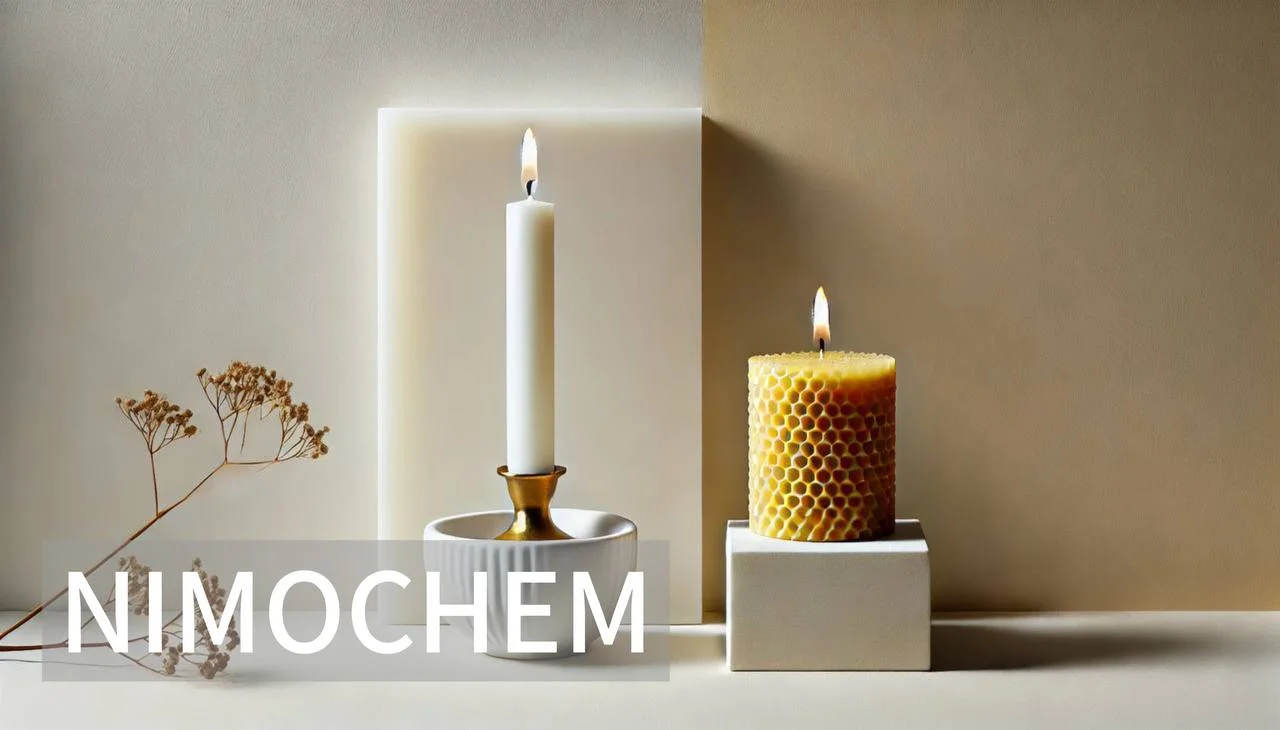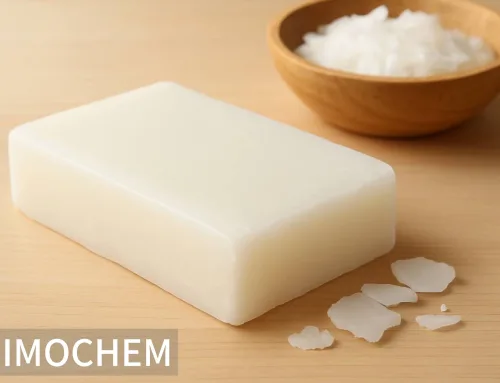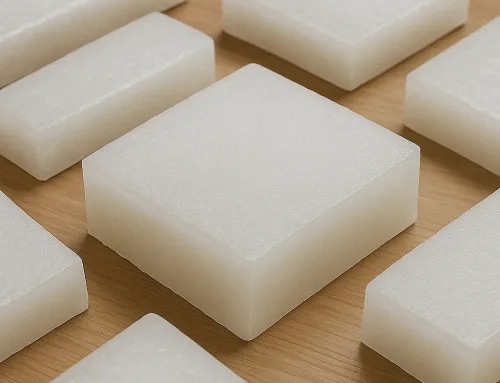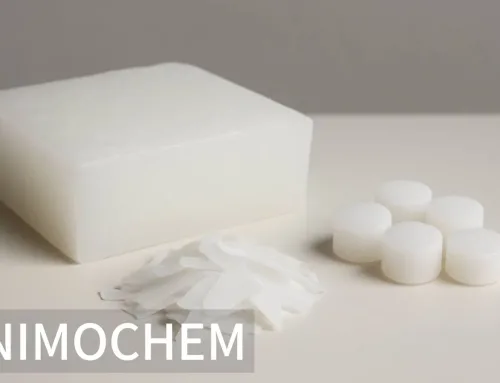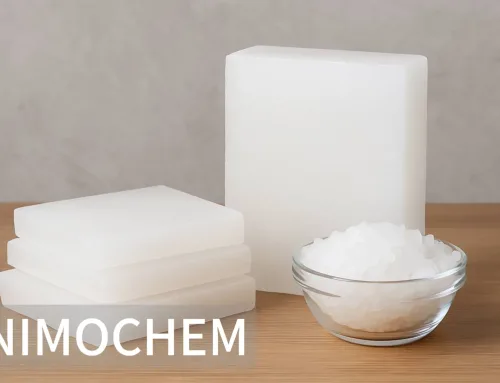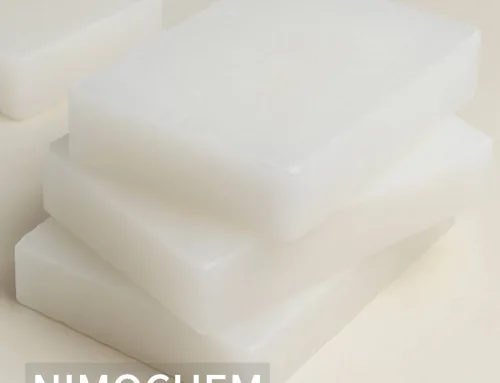Paraffin Wax vs. Beeswax: Which Is Better for Candle Making?
When it comes to crafting candles, one of the biggest decisions candle makers face is choosing the right wax. Paraffin wax and beeswax are two of the most popular options in the industry, each with its own set of benefits, drawbacks, and unique characteristics. In this blog, we’ll break down the differences between these two waxes, focusing on their pricing, performance, and applications, to help you decide which one best suits your candle-making needs.
What Is Paraffin Wax?
Paraffin wax is a byproduct of petroleum refining, making it a highly processed and widely available material. Its affordability and versatility have made it a staple in the candle industry for decades.
Key Benefits of Paraffin Wax in Candle Making:
• Cost-Effective: Paraffin wax is budget-friendly, making it ideal for large-scale production.
• Wide Range of Options: It comes in different melting points, allowing candle makers to create everything from container candles to pillar candles.
• Excellent Scent Throw: Paraffin wax holds and releases fragrances effectively, making it perfect for scented candles.
• Smooth Finish: Its uniform texture creates a polished, professional look.
Applications:
Paraffin wax is commonly used for:
• Decorative candles
• Scented jar candles
• Votive candles
What Is Beeswax?
Beeswax is a natural wax produced by honeybees. It’s renowned for its eco-friendly and sustainable properties, as well as its luxurious feel.
Key Benefits of Beeswax in Candle Making:
• Clean Burning: Beeswax candles emit little to no soot, creating a cleaner burning experience.
• Natural Scent: Its subtle honey-like fragrance can be a selling point for customers seeking natural products.
• Eco-Friendly: Being a renewable resource, beeswax is ideal for environmentally conscious businesses.
• Longer Burn Time: Beeswax candles tend to burn slower than paraffin, offering more value per use.
Applications:
Beeswax is often chosen for:
• Premium candles
• Unscented or lightly scented candles
• Specialty eco-friendly collections
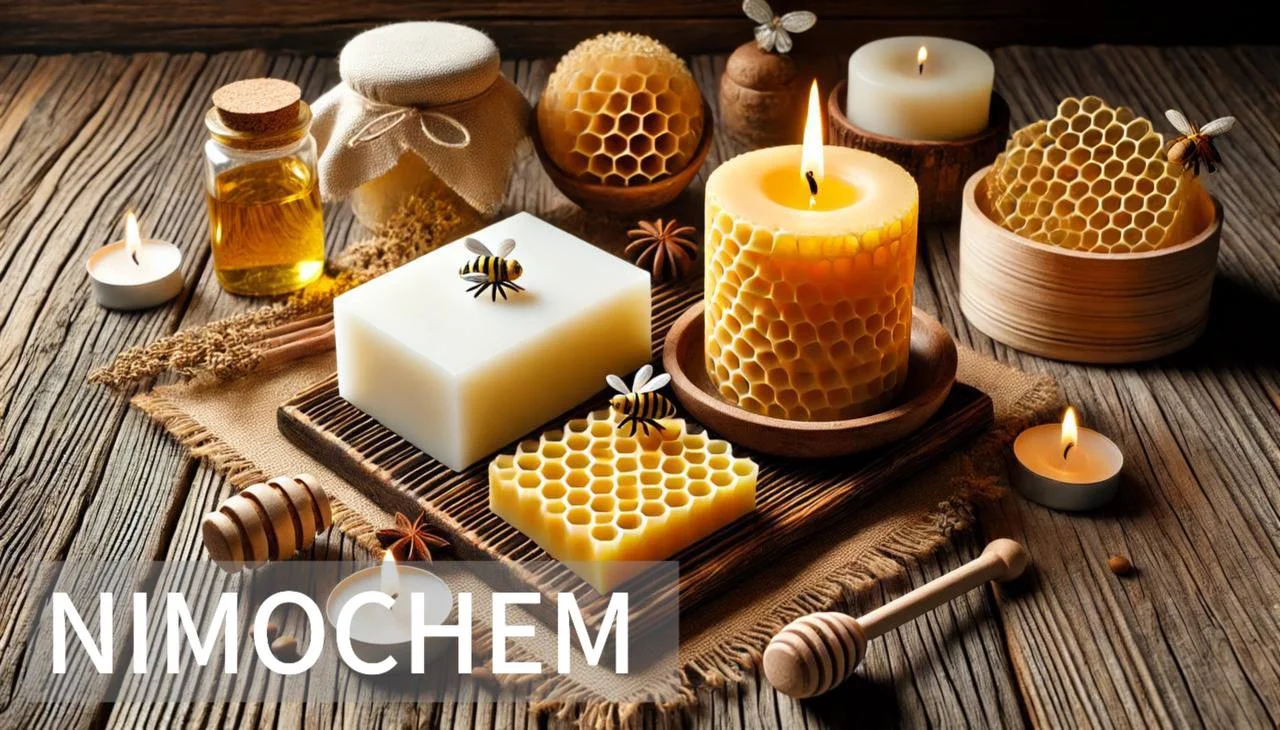
How Do Paraffin Wax and Beeswax Compare?
Let’s explore how these two waxes stack up against each other:
• Cost: If you’re looking for affordability, paraffin wax is the clear winner. It’s much more economical compared to beeswax, which is often considered a premium product.
• Scent Retention: Paraffin wax excels in holding and releasing added fragrances, making it ideal for scented candles. Beeswax, on the other hand, has a natural honey-like aroma, which can overshadow any added scents.
• Burn Time: Beeswax candles burn slower, providing a longer-lasting experience. Paraffin wax candles, while not as long-lasting, still offer reasonable burn times.
• Eco-Friendliness: Beeswax takes the lead here. It’s a 100% natural, biodegradable material, while paraffin wax is petroleum-based and less environmentally friendly.
• Applications: Paraffin wax is great for everyday, decorative, or highly scented candles. Beeswax shines in high-end, natural, and eco-conscious candle collections.
Pricing Considerations
If budget is your main concern, paraffin wax might be the more practical choice, especially for mass production. However, if your brand targets a niche market of eco-conscious customers willing to pay a premium, beeswax could align better with your values and pricing strategy.
Choosing the Right Wax for Your Business
So, which wax is better? The answer lies in your specific needs as a candle maker.
• If you prioritize cost-efficiency, vibrant colors, and strong fragrance performance, paraffin wax is your go-to.
• If you cater to a market seeking natural, eco-friendly products with a luxurious feel, beeswax is worth the investment.
Whether you’re creating a line of affordable everyday candles or premium eco-conscious ones, understanding the strengths of each wax will help you craft candles that shine—literally and figuratively.
If you’re ready to stock up on high-quality paraffin wax for your next project, check out our website for more information on paraffin wax today!
